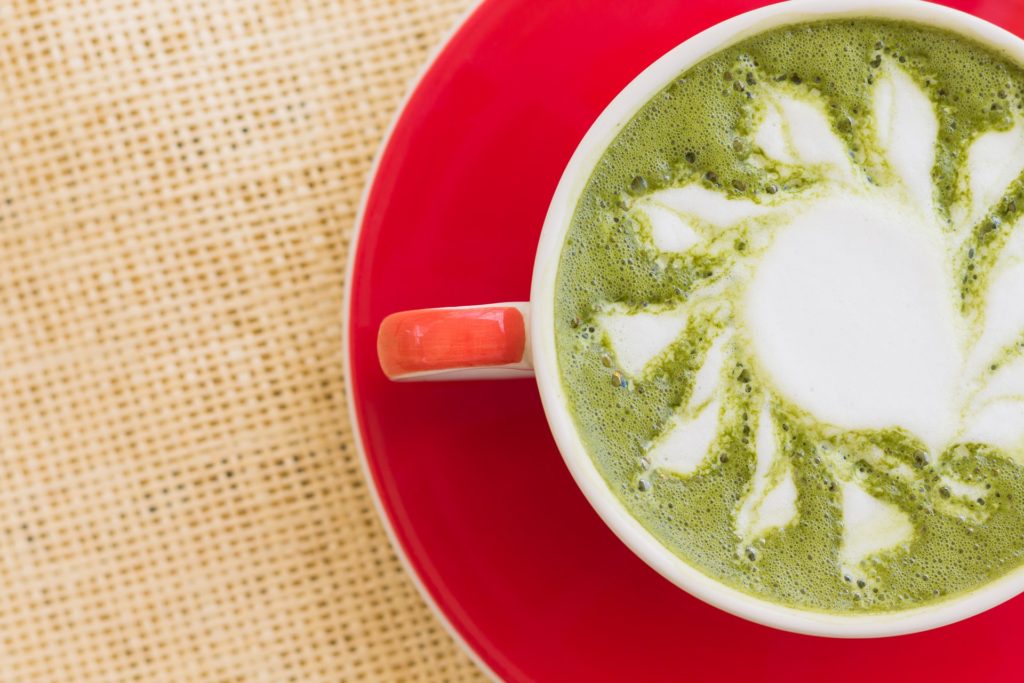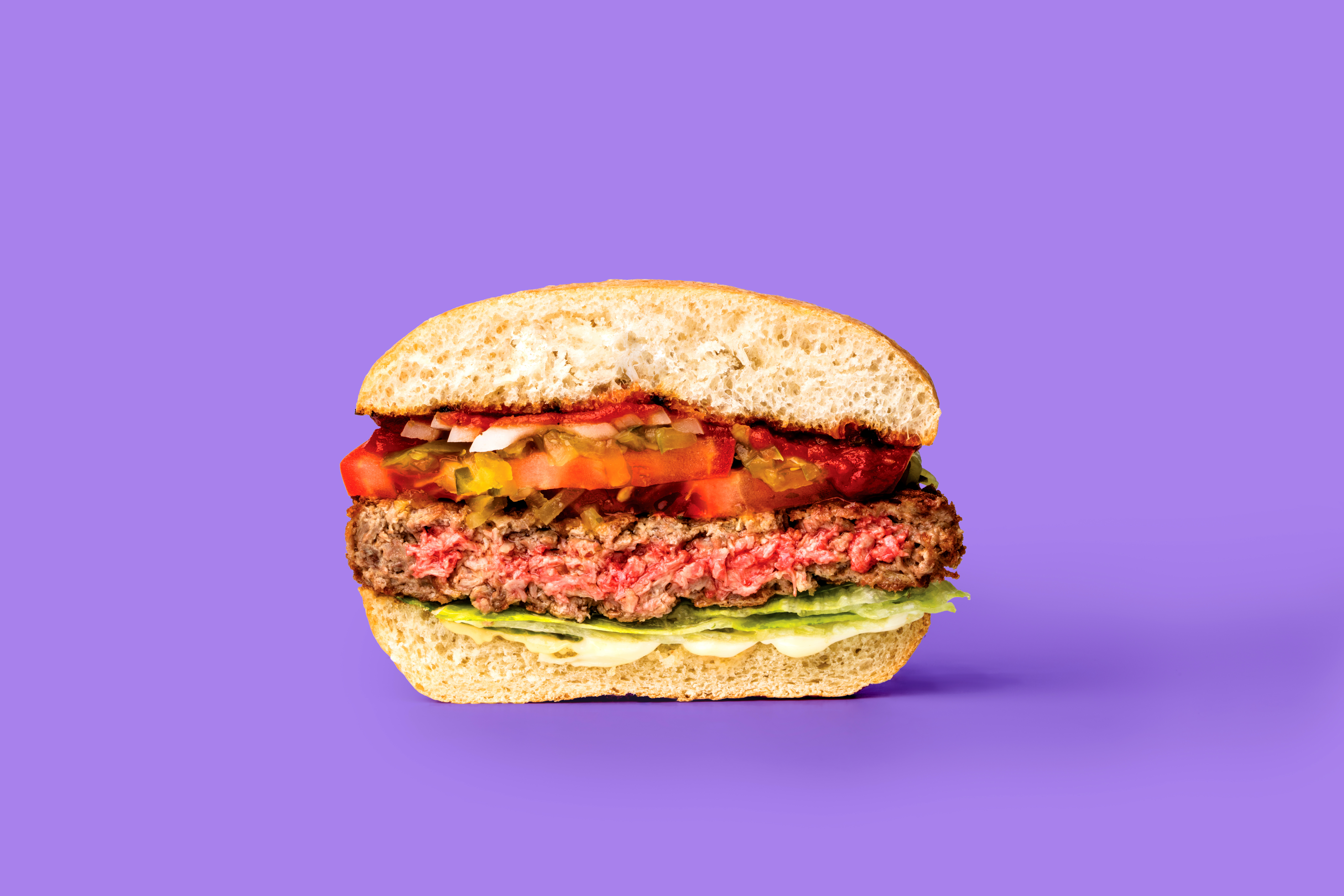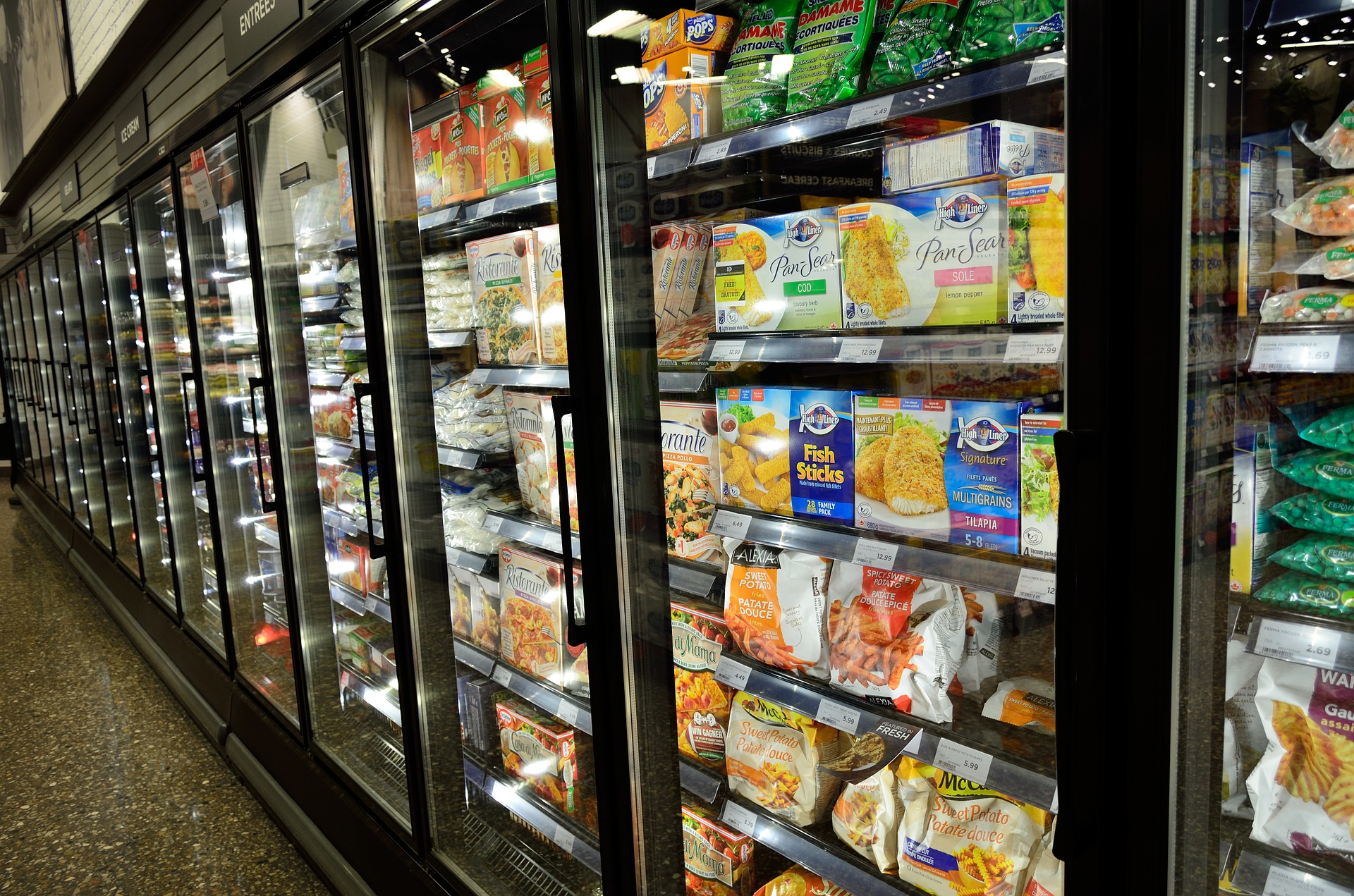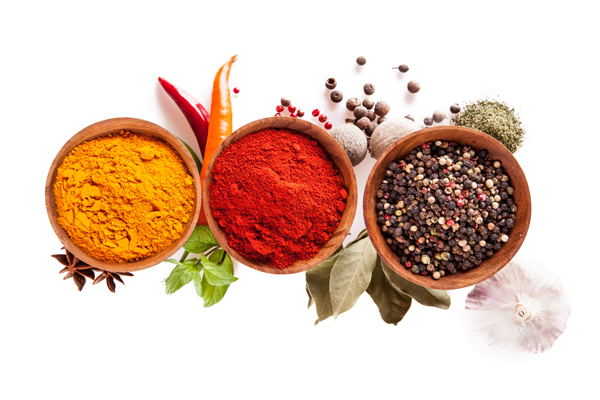From CBD infused drinks to all things fermented, Xtalks has compiled a list of the top 10 forecasted dining trends for 2019.
Industry experts from the international hospitality management company, Benchmark, and market research firm, Food & Drink Resources, weigh in on which food and beverage movements will blossom this year.
“It’s not just about trends for us, it’s about longevity,” said Patrick Berwald, VP of Food & Beverage for Benchmark. “This is an opportunity to understand the needs and wants of tomorrow’s customer, and how we can be ready to meet that demand.”
Changing tastes in food and beverage products also reflects evolving attitudes towards health, community, and the environment.
“Following trends allows you to smartly evolve your menu to keep guests coming back and hopefully increase incidences,” said Ric Scicchitano, Managing Partner at Food & Drink Resources. “As examples, veg-centric menus or clean label wines provide compelling reasons for those searching for this to think of your establishment more often.”
1. Meat 2.0
With a recent focus on food sustainability, advancements in technology are finding creative ways to meet our ever-expanding taste for meat. This includes innovations from companies that are using ingredients to make plant-based burgers taste like meat.
“People want protein, they want that fix, but people are looking at creative ways of getting that fix and getting that experience, but in a more healthful approach,” said Berwald.
Berwald says this change in appetite helps to explain the popularity of the Beyond Burger – a patty that is made from pea protein, coconut oil, and beet juice extract to resemble a bleeding burger.
Some other companies are taking it a step further by creating meat tissue from animal cells. In December of 2018, the Israeli start-up Aleph Farms claims to have made the world’s first lab-grown steak.
Berwald attributes this trend to consumers growing more concerned about the source of their food and how sustainable it is for the planet.
“People know the way they buy food and consume it has a ripple effect. They’re focused on things like production time, carbon footprint, impact on the environment. It’s about making the right decision for the environment and the community.”
2. Fermented Food & Beverages
Fermentation is making a comeback in North America, with a growing demand supported by perceptions that it’s a natural and healthy method for preserving food. As gut health continues to be top-of-mind for consumers, Food & Drink Resources believes that the fermentation craze will still be hot in 2019.
“While fermented foods have always been popular for their flavor, they are also popular for their gut-healthy bacteria,” described Food & Drink Resources in their 2019 trends list.
The source of fermented foods’ gut-healing properties is probiotics, which are found in products like kombucha, sauerkraut, kimchi, kefir, and pickles. The preservation method has also proved to be a hit among millennials, who are seeking out new and novel taste experiences.
The global fermentation ingredients market could be worth $28.4 billion in 2020, growing annually by 3.4 percent, according to a report from BCC Research.
3. Tea Party
Cuppa drinkers unite! While tea isn’t a new trend, it’s not expected to go away anytime soon. The public perceives tea as a healthy drink and it continues to drive many new consumers its way.
Approximately four in five US consumers drink tea, with millennials being the most likely to enjoy the beverage. This reflects statistics that have shown 87 percent of millennials drink tea.
“People are beginning to think of tea with the same reverence as coffee due to its many varieties, applications, and benefits,” said Berwald. “We’ll start to see more craft tea blending, nitro tea on tap and even tea cocktails.”
Ready-to-drink teas that have been popular in other countries for decades are more recently impacting tea trends in the US. Many Americans currently enjoy varieties like matcha, moringa, and sencha, that have long been staples in Asian culture.
A study by Packaged Facts predicts tea trends in the US will drive growth in the tea market from $8 billion in 2017 to $10 billion by 2022.
4. CBD Infused Products
CBD, short for cannabidiol, is a non-intoxicating chemical compound found in cannabis, and it is exploding onto the dining scene. While it won’t get you high, it does have reported therapeutic properties.
“It’s happening in states where medical and/or recreational cannabis is legal, and establishments can legally serve infused drinks. New York is one such state,” said Food & Resources. “There are a number of bars and restaurants that create 21 plus beverages with CBD infused sugar.”
Also, in March 2018, The Standard Hotels announced that their nationwide locations would start stocking luxury cannabis and CBD-infused products in their minibars.
While researchers are still trying to determine CBD’s effects, some studies suggest it can help treat inflammation, pain, anxiety, and seizures.
“The science is still out on this, but there’s a compelling story building. Add to this the fact that CBD and cannabis have been inaccessible until now, and that’s exciting,” said Scicchitano.
5. Bugging Out
While bug-based foods have been around for a while, they’re expected to skyrocket in popularity this year. Fueled by a lack of sustainable meat options, more and more chefs are looking to incorporate the highly available and affordable protein source into their menu.
“Looking at the bigger picture, our population is growing globally, but food resources continue to dwindle. This is a socially and economically responsible option we need to look at,” said Berwald.
In fact, 80 percent of the world consumes insects, which are low in fat and packed with protein.
“It goes in part with people being more adventurous. People are more accepting to different cultures and cuisines,” said Berwald. “When you look at the global scale of how people consume foods, bugs are a huge part of that. In the US we’ve just been very sheltered to that.”
6. Instagrammable Ice Cream
View this post on Instagram
SECRET menu alert white peppermint chocolate Oreo December special! 17 days left! Tag a friend
With social media fueling desire for beautiful and tasty frozen treats, products like rolled ice cream will continue to dominate your feed in 2019. Food & Drink Resources recommends a few other ice creams trends for food businesses to gather inspiration from.
“Clearly, ice cream will never go out of style. Currently, we’re still enjoying rolled ice cream, cookie dough and ice cream combos (check out DŌ in NYC and Mixing Bowl in Aurora, Colorado), and—our #1 pick—malasadas (fried dough coated in sugar) mix-ins at the Pipeline Bakery in Honolulu.”
Liquid nitrogen is also becoming an increasingly popular way to create futuristic food and drinks. The cryogenic gas instantly freezes whatever it touches and is making appearances in ice cream shops across the United States. Part of its popularity is due to the showmanship involved in the preparation, which will create a final product that emits a misty or smoke-like vapor often marketed as “dragon’s breath.”
7. Dining Out
Even with the proliferation of food delivery services, Benchmark is still betting that sit-down dining will see success in the New Year. As Berwald explains, having food experiences is considered a top priority among millennial diners.
“Millennials are dining out more than any generation before them. It’s all experiential for them, they want to learn and experience things at the same time,” said Berwald.
He adds that posts on social media are increasing the desire to dine out.
“If a friend goes out and tweets a photo of a fantastic dish, it’s fantastic marketing and promotion,” said Berwald. “People what to share those experiences. It can’t be replicated if you can’t go out and try that dish yourself.”
8. Wild Weeds
According to Benchmark, kale is finally on its way out. The leafy green vegetable is set to be replaced by lesser-known wild greens.
“Kale has outlived its welcome and will soon be replaced by such wild weeds as sorrel, dandelion greens and amaranth.”
Food & Drink Resources seems to agree that kale’s time in the spotlight has come to an end,
“We’ve been griping about kale for years and welcome the addition of wild greens on the plate. We especially like dandelion, mustard, and chicory greens.”
Consumers can also expect to see more unusual citrus fruits appearing on menus,
“Citrus is a widely used component in many dishes and libations, but soon we will see regular cameos by unique and eclectic relatives to the lime and lemon – citron, cumquat and shaddock,” Benchmark predicts.
9. Memory-Enhancing Foods
“Nootropics” has become a new buzzword lately, with supplement manufacturers touting smart drugs that can improve cognitive functions like attention, focus, memory, and even brain health, with many of same advantages already found in several whole foods.
“These days, there’s buzz around functional ingredients. Functional equals food that supports your body’s health or your mind’s health. Nootropics are ingredients that could serve as memory enhancers,” said Food & Drinks Resources.
“You are likely already eating some of these nootropic foods but be prepared to learn more about how eggs, extra virgin olive oil, blueberries, and other foods could improve your brain function.”
Nootropics supplements were a $1.3 billion industry in 2015, and research predicts nootropics grow to be a $6 billion industry by 2024.
10. Food & the Greater Good
According to Benchmark, the culinary community is starting to put their collective food where their mouth is when it comes to supporting charities and the community.
“We must support the communities we operate in and understand that they have a direct impact on the larger scale we operate in,” said Berwald.
Food & Drink Resources agrees there is an increasing movement within the food industry when it comes to giving back.
“This also means that giving back to your local community is important, whether through school donations or feeding those who don’t always know where their next meal is coming from. Restaurants should play a larger role on this front by acting local and caring for the larger community around them,” said Scicchitano.
It seems 2019 is set to be a year of even more adventurous cuisine, environmental and community conscious dishes, as well as exciting advancements in food technology.












Join or login to leave a comment
JOIN LOGIN